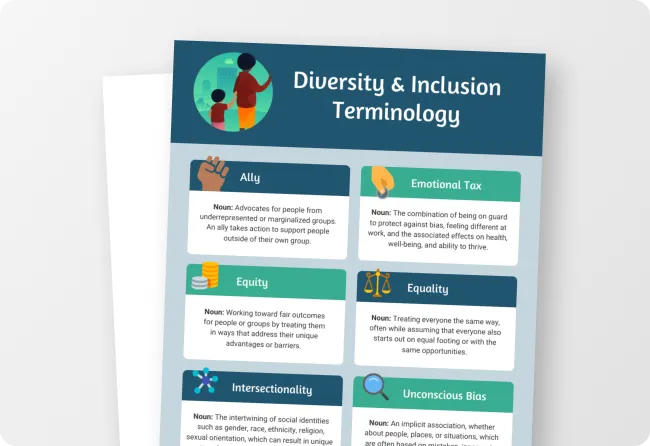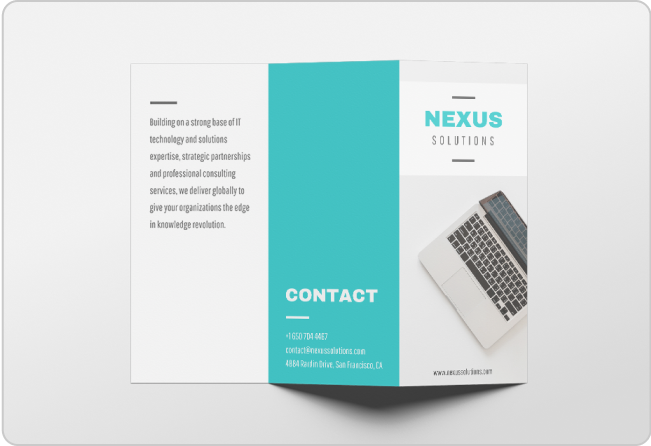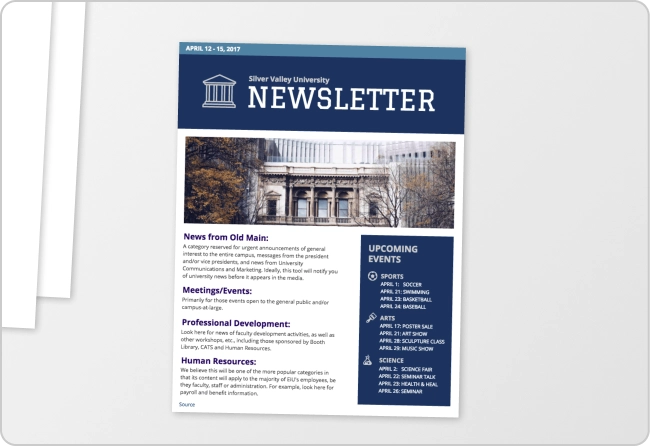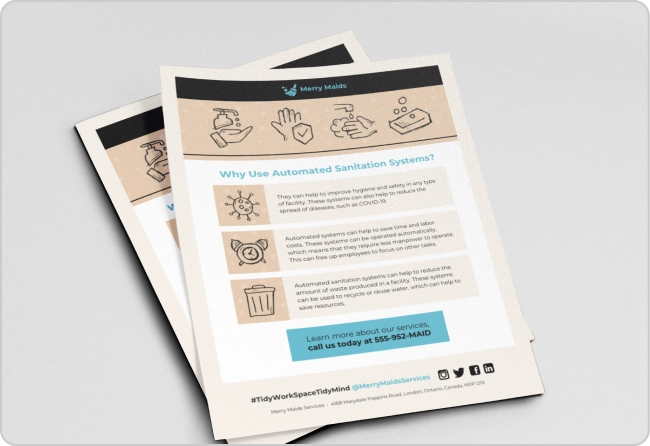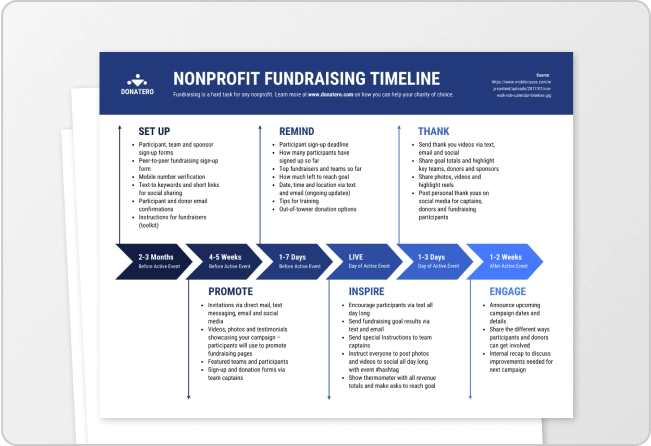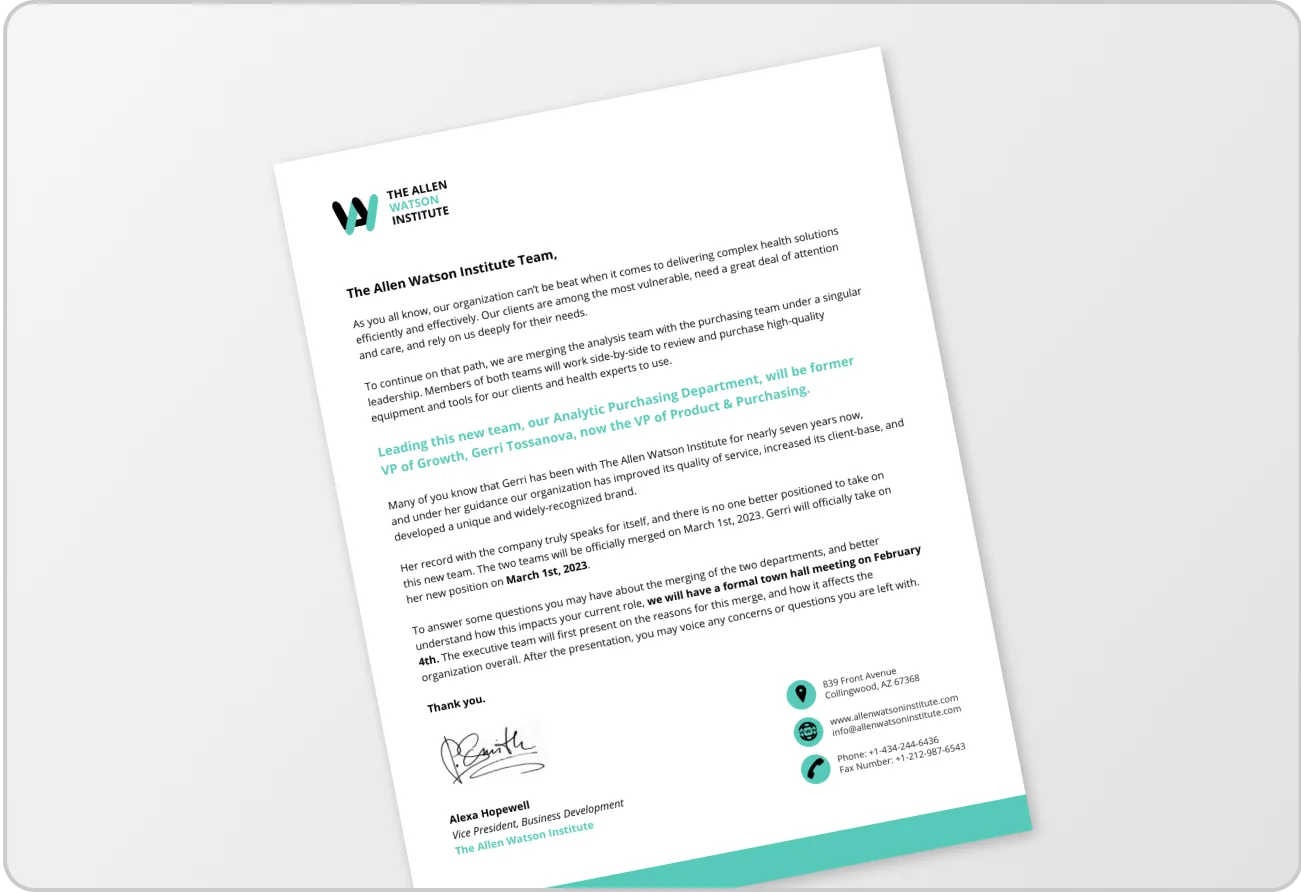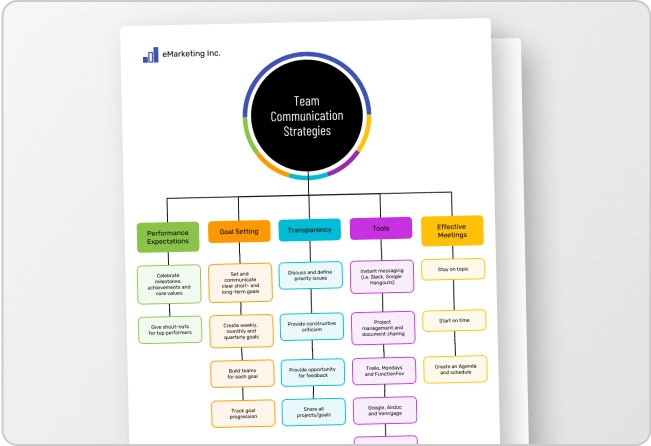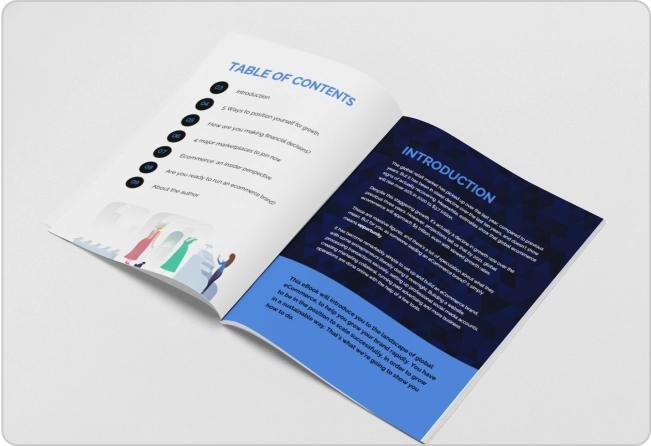
When running a business, it’s crucial to keep your key stakeholders and team members up to date on project progress. A project status report is an effective way to do this.
If you’re the project manager or in charge of writing reports for your company, you have a lot of options when it comes to style, layout, and formatting. Choose the right project status report template that’s suitable for your needs and start editing right away with Venngage’s easy-to-use Report Maker.
Click to jump ahead:
- What is a project status report?
- 13 project status report templates you can use
- How do I write a project status report?
- Tips for writing a great project status report
- Why are project status reports important?
- Project status report FAQs
What is a project status report?
A project status report is a document that provides a snapshot of the current status of a project. It typically includes key information about the project’s progress, achievements, challenges, and any significant developments since the last reporting period.
Here’s an example of a project update template that covers the general overview of the project, what has been accomplished as well as whether the milestones are completed on time:

Also known as a project update report or a project progress report, project status reports are essential for keeping stakeholders, team members and other relevant parties informed about the project’s health and ensuring that it stays on track to meet its objectives and deadlines.
13 project status report templates you can use
When it comes to project status reports, templates make life a whole lot easier. Here are 10 project status report templates that are perfect for businesses of all sizes:
- Weekly project status report template
- Monthly project status report template
- Quarterly project status report template
- Basic project status report template
- Detailed project status report template
- Issue report template
- Change request report template
- Risk assessment report template
- Gantt Chart project status report template
- Project status report executive summary template
- Business project status report template
- Team project status report template
- Employee project status report template
Weekly project status report template

This weekly project status report template gives an even closer look at what’s been progressing. It still contains the fundamental parts of a project report: the project overview, project scope, as well as the status of the project milestones – all examined over a week’s time.
Here’s another weekly report template, but this one is a bit different: it focuses on the tasks the employee works on during the week:

Employees can use this report template to present their weekly tasks and deliverables, which can pertain to a certain project or not. It’s meant to be used more in internal stand-ups rather than project update meetings for clients.
Monthly project status report template

This monthly project status report template is ideal for businesses with smaller projects because it can be sent out every month, making it easy for your team members to stay up-to-date with the project’s progress. This type of project status report also features a bulleted list and is simple and straightforward.
Note how the monthly report template includes a variety of icons to make the report easier to read and to make the milestones stand out even more.

If you want to replace these icons, simply double click one and choose the alternative from the list. Venngage 40,000+ icons and illustrations to help you visualize your project management templates the best you can.

Here’s another monthly report template, but this one highlights the milestones throughout the project timeline:

This milestone report template is perfect for businesses that want to track their progress against specific goals. It can also include spaces to document what tasks were completed, what still needs to be done, and how this work affects the overall plan.
Quarterly project status report template

Opt for this quarterly report template if your stakeholders want more detailed updates than what you’d find in a monthly update. It’s longer and includes all the same information as the monthly version but divides each stage into quarters so they can see how much progress has been made since last quarter or check where things are at in comparison to the original timeline.
Looking for a polished annual report template? Explore our gallery for a wide range of options to inspire your next report.
Basic project status report template

This very simple project status report template includes the basics: what’s been done, what’s left to do, and when you expect to finish. It is ideal for a project manager to use this for stakeholders or entrepreneurs who don’t need details and are more focused on the bigger picture.
Detailed project status report template

This detailed project update report template is perfect for larger businesses with more complex project planning. It includes information on each stage of the project implementation and the major tasks that are being tackled at the time. This can also include the project’s budget, key areas, and other factors.
Didn’t find the perfect template? Check out our progress report templates for a variety of options that might suit your needs.
Issue report template

This incident report template might be useful for when your project encounters any problems, it includes space for you to list the situation, who’s working on it and when you expect it to be fixed.
Change request report template

This change request report template is ideal for businesses that frequently make progressive changes to their projects. It includes space for you to list the change, who made the request, and when it was approved.
Related:
- Change Management Process: Gaining Buy-in and Overcoming Resistance with Infographics
- How to Make an Effective Change Management Plan Using Visuals
- Effective Communication for Change Management: Infographics for Transformative Leadership
Risk assessment report template

This risk assessment report is a must-have for any business that wants to avoid potential problems down the road. The template includes a section for you to list the risks, who’s aware of them and what can be done to mitigate them.
Related:
- Navigate Crisis Management Using Crisis Communication Plans
- 10+ Crisis Communication Plan Templates for Leaders + Managers
Gantt Chart project status report template

This Gantt chart project progress report provides a clear and easy-to-understand visual representation of project tasks, milestones and their interdependencies, allowing stakeholders to quickly grasp the project’s progress and upcoming activities. It includes a section for each stage of your project progress as spaces for you to document the start and end dates.
For more examples of Gantt charts being used in reports, check out this post: How to Use a Gantt Chart for Project Management [With Examples]
Project status report executive summary template

This project status executive summary template includes everything from your more detailed reports but in a way that’s easy for busy people to understand.
Just like the name says, an executive summary is a brief synopsis of your project status report that will be read by managers and executives who don’t have time to read through lengthy reports.
Business project status report template

This business project status template is a valuable tool for tracking your project’s progress. It not only records your team’s achievements but also documents important lessons learned and any obstacles encountered.
By keeping track of these key elements, you can gain a deeper understanding of your project’s performance and identify areas for improvement. This information can help you make more informed decisions, adjust your project plan as needed and ultimately ensure the success of your endeavor.
Team project status report template

This team project status report template clearly outlines individual responsibilities and task priorities, making it easy to monitor progress.
The template also provides a quick overview of each task’s status, allowing for efficient tracking of the team’s overall progress.
Employee project status report template

Similar to the previous template, this employee project status report template is perfect for managers to keep track of individual employee progress, project timelines and task completion.
By using this template, managers can detect potential issues or delays early on and take corrective action. They can also use the data from the reports to make informed decisions about resource allocation, project adjustments and team management.
Project status reports are crucial for marketing teams. Discover our collection of marketing report templates to streamline your reporting process.
Related: Status and consulting reports go together, so here are some more consulting report templates you can use.
How do I write a project status report?
To write a project status report, there are several things you’ll need to include in the template you chose. First, give an overview of what stage you’re at and list the next steps that need to be taken. Then, delve into the most recent happenings by highlighting your main achievements and troubleshooting any areas of concern.
You can create a professional project status report using a report creator like Venngage, along with project status report templates. Let’s take a look at some examples.
This quarterly status report example describes the issues that the project can run into and the different ways the team is looking into so as to troubleshoot them:

Every project status report should also include the following information: What’s been done since the last update, when you expect to finish your next set of deliverables and any issues that may affect these deadlines.
Here’s how these items can look like in a project management report:

If your stakeholders get regular updates on the project progress, they won’t need many details. Bullet points for major tasks are usually enough for smaller companies. Larger corporations might require a more detailed account of how work has progressed, but there isn’t any reason why someone shouldn’t be able to read through it in about 5 minutes.
You can end status reports with a brief assessment of whether this is still the most effective course of action, or if it needs changing – but don’t discuss this part until you’ve presented all the facts first. This is important for maintaining trust between yourself and those who might rely on your reports.
What are some tips for writing a great project status report?
Make the best status reports by following these tips.
Create an outline
Without a project status reporting outline, you might get lost in the details of your project and forget to include important information. An outline helps you organize thoughts and ideas for clear communication. The outline serves as a concise summary, which helps readers quickly understand what is going on in the project
Understand your audience
Understanding your audience can help project managers tailor their reports to their attention span and information they need to know. For example, if it’s a quick report, make sure there are pictures to facilitate understanding. If directed toward university professors or people in the field, using meaningful jargon and technical language like “cognitive restructuring” can be useful in clarifying deep-knowledge subjects.
Communicate clearly and concisely
It’s important for reports to be clear and concise so that readers know what is going on. If you’re not clear, your reader will get lost in the details of your project and forget to include important information.
Reports, especially status reports, tend to be long and filled with dense language. However, there are ways to make them more readable.
- First, use short sentences and paragraphs.
- Second, make sure your information is easy to follow by using headings and numbering systems.
- Finally, use clear and concise language that avoids jargon and technical terms.
Provide details when requested
If readers want to know each step and where the steps of your status report lead, give them the details they request. Details can be helpful in understanding the process of your project.
A table of contents can be useful for readers who want to quickly find specific information in your report. It also helps to organize your thoughts and makes the report easier to follow.
Keep it under two pages or less
It’s better to keep your reports under two pages or less. Otherwise, your reader may get lost in the details of your project and fail to understand important information.
Keeping your report under two pages or less can help readers understand it more quickly. Readers are often interrupted every day and only able to read short chunks of information at a time. Keeping reports short is an easy way to make reading easier on them, and will help you stay on the same page.
Why are project status reports important?
A project status report isn’t just an exercise in keeping your team members informed; it also helps to avoid last-minute surprises.
Here’s an example of a project report template that can help you with updating your project’s progress and the milestones you’ve achieved:

Also, having a clear idea of where things stand with each stage of your project planning can prevent delays down the line because this knowledge enables you to stay one step of your project’s status rather than playing catch-up with it.
If you’ve kept your stakeholders updated on the progress you’re making towards your goal, their expectations will be more realistic, and any changes to the timeline won’t come as a shock to them. This means there are fewer hiccups at both ends.
This project status template places the focus on the vital components of the project as well as the owner of each, so project team members can understand the project’s health and who’s responsible for what:

The template uses bold colors and an easy-to-understand table so stakeholders can immediately see the important items. You can easily apply your own brand colors to this template by using My Brand Kit:

Project status report FAQs
How often should project status reports be updated?
Project status reports should be updated regularly, typically on a weekly or bi-weekly basis, depending on the project’s complexity and stakeholder needs, to ensure everyone is informed of the current status.
What is the difference between a project status report and a project progress report?
A project status report provides an overview of the project’s current state, highlighting key metrics, risks and any issues, while a project progress report focuses on the specific tasks completed, milestones reached, and overall progress made since the last report.
In conclusion: A project status report is essential to update stakeholders on the project’s health
For every project, it’s essential to have a status report so everyone involved has a clear understanding of the project progress and what’s happening.
Several software programs can help you easily create project status reports. Programs like Microsoft Project, G Suite, and Asana all have features that allow you to document tasks, track progress, and create graphs and charts to help illustrate your findings.
However, for project status reports that are easy to follow and visually appealing so you can present them to your clients, it’s best to make use of the templates from Venngage. It’s free to get started.





























